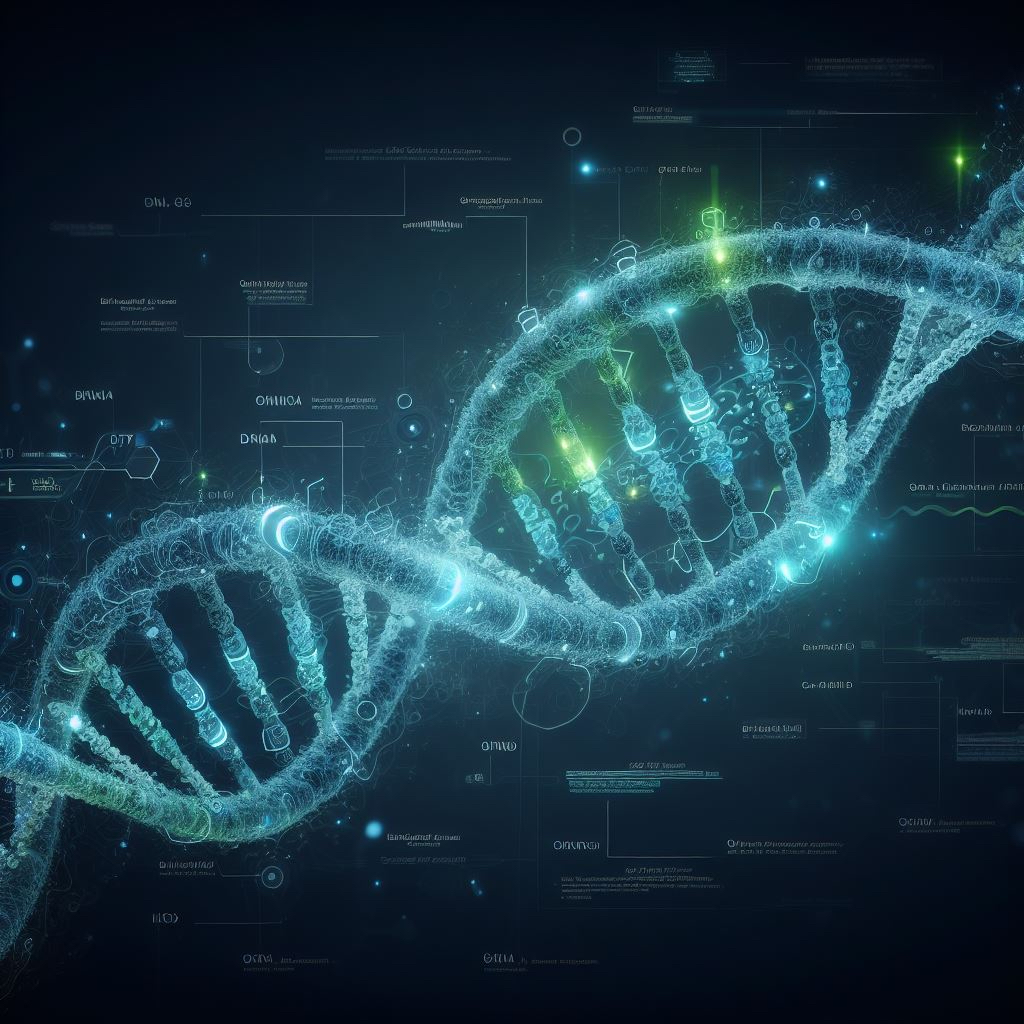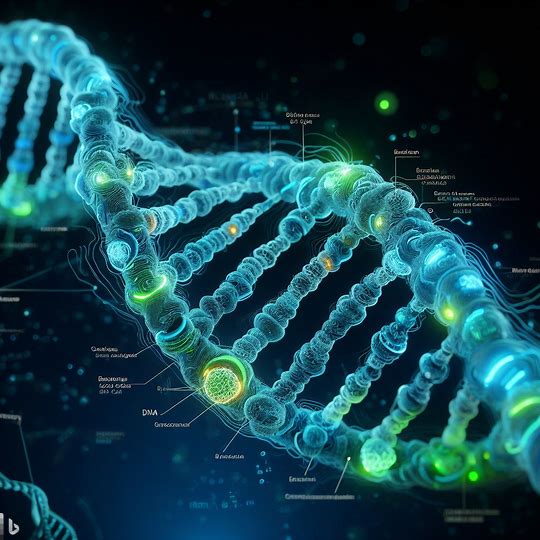Research Projects
Our focus is to understand how recurrent changes to the structure of cancer genomes impact the activation of oncogenes and resulting cancer growth. We can identify such significantly recurrent structural variants (SVs) by analyzing human cancer genomes from hundreds of patients and their tumors. To interpret how, with these recurrent SVs, cancers hijack gene regulation through novel 3D genome interactions we integrate epigenetic data from tumor samples and cell lines and validate our findings experimentally using CRISPR-based genome engineering approaches. With this approach, we aim to find biomarkers and therapies that target the aberrant gene regulation in cancer.
Featured

Most cancer genomes experience DNA amplifications as the most common gain-of-function alterations leading to overexpression of oncogenes. Why does this work? How does the transcriptional regulation of the oncogenes get hijacked on these amplifications? Do they exploit tissue-specific enhancers and transcription factors for oncogene expression and cancer growth? We combine whole genome sequencing of hundreds of breast and lung cancers including long-read and epigenetic analyses with validation of our findings using CRISPR-based genome engineering to answer these questions. Understanding which regulatory factors are essential for cancer growth could lead to novel tissue-specific gene regulation targeting therapies.
More

Dedifferentiated liposarcoma (DDLPS) is a malignancy of fat cells with poor therapy responses and high mortality. It likely develops from a well-differentiated state (WDLPS). Both always show amplicons of MDM2, an inhibitor of p53. They differ in morphology and proliferation rate, but what distinguishes them at the molecular level is unclear. Our goal is to understand the differences in their regulatory pathways resulting in different growth dependencies, interactions with the immune environment, and clinical outcomes.

Here we build a tool to distinguish between somatic and germline SVs for situations where a paired normal is not present. We found that SVs of germline vs. somatic origin have distinguishing characteristics. Although each is insufficient to distinguish between germline and somatic SVs on its own, their combination (including their interaction terms) effectively distinguishes germline vs. somatic SVs.

We are analyzing sequencing data from routine clinical care to search for novel biomarkers of therapy response and clinical outcomes resulting from copy number scars of deficient DNA repair processes in cancer.